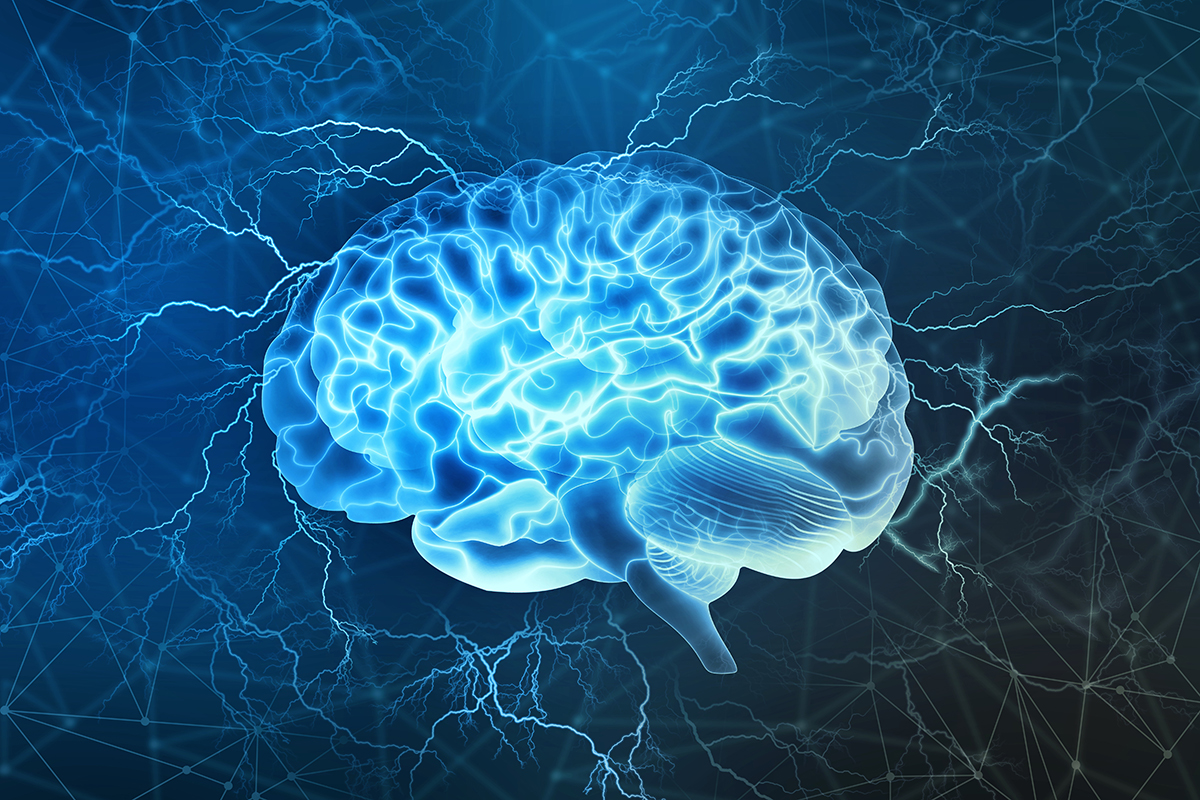Insights from BrightView’s Medical and Behavioral Health Experts: Dr. Deana Kimes & Rhonda Roper
For too long, addiction has been misunderstood as a weakness, a failure, or a matter of willpower. But science tells a different story — one that reduces stigma, changes treatment, and saves lives. At BrightView, we know recovery is healthcare. It’s not about judgment, it’s about evidence-based medicine, compassionate counseling, and treating the whole person.
Addiction Is a Disease, Not a Decision
“Addiction is a 100% biological process,” explains Dr. Deana Kimes, BrightView’s Medical Director. “It’s not a fault of anybody’s character. It’s not a decision they make.”
Genetics, environment, and brain chemistry all play a role in substance use disorder. Just as not everyone who eats sugar develops diabetes, not everyone who uses substances develops addiction. But for those who do, it is not something that can be willed away.
“Expecting someone to stop using is like telling a diabetic to lower their blood sugar by willpower alone,” Dr. Kimes says. “Just like insulin works for diabetes, we have FDA-approved medications that work for substance use disorder. They should be viewed the same way — as healthcare.”
Medications That Work
Science shows that medications like buprenorphine, methadone, and naltrexone stabilize brain chemistry and reduce cravings.
Dr. Kimes explains it with a simple analogy: “Think of a light switch with a dimmer on it.”
- Methadone is like turning the dimmer all the way up — it fully activates opioid receptors.
- Buprenorphine is like turning the dimmer partway — enough to reduce cravings, but not enough to cause a “high.”
- Naltrexone is like switching the light off — it blocks the receptor completely so opioids cannot activate it.
“Not one choice is right for everyone,” Dr. Kimes says. “That’s why it’s so important to tailor the treatment to each patient. What matters is that people have options — and options save lives.”
Recovery Is More Than Medicine
While medication helps restore balance in the brain, recovery takes more than prescriptions.
“Counseling and case management are just as essential,” Dr. Kimes says. “They give patients coping skills, help with housing or transportation, and address mental health conditions that often go hand-in-hand with addiction.”
Rhonda Roper LCSW, a BrightView Behavioral Health Leader, agrees: “Recovery changes the whole family. When a loved one finds recovery, suddenly they’re more present. They’re engaging with their children, their parents, their partners. But it’s also when deeper needs come to the surface — things that were hidden by the addiction. That’s where counseling really helps.”
Families in Recovery: Breaking Stigma, Finding Support
Families often struggle with how to help a loved one in recovery. “One of the biggest mistakes is moving too quickly or enabling,” Roper says. “Pretending the problem isn’t there, or doing everything for that person, doesn’t work. Recovery takes time — and families need support, too.”
She acknowledges that stigma and shame weigh heavily. “Addiction is an illness, just like any other. But many families feel judged. My advice is to connect with others who’ve been through it, and only share when you feel comfortable. Recovery conversations are becoming more open, and that gives me hope.”
Grief, Seasons, and Relapse Risks
Recovery isn’t just about substances — it’s also about learning to navigate loss and change.
“Grief shows up all the time in recovery,” Roper says. “It’s not just about death. People grieve old routines, unhealthy relationships, or the places they can’t go anymore. If grief is ignored, it comes out in other ways — depression, anger, relapse. Counseling and groups give people a safe place to process that.”
Seasons also play a role. Shorter daylight hours, colder weather, and the stress of the holidays can all weigh heavily. “We see more fatigue, irritability, even symptoms of depression in the fall and winter,” Roper notes. “That’s when families should watch for warning signs, and when patients should lean on healthy routines, support groups, and counseling.”
Narcan Saves Lives
“Myth: Narcan is dangerous if used incorrectly. Fact: It can’t hurt someone who isn’t overdosing, but it can save a life if they are.”
Overdose doesn’t have to mean the end. With medications like naloxone — commonly known as Narcan — lives can be saved in seconds.
“People are often afraid they’ll hurt someone if they use Narcan, but that’s not true,” Dr. Kimes explains. “If the person isn’t overdosing, Narcan won’t harm them. If they are, it can restart their breathing and give them another chance at life.”
That second chance matters. “Nobody deserves to die from addiction,” Dr. Kimes says. “Every overdose we prevent is an opportunity for recovery.”
Healing the Whole Person
When addiction is treated like the chronic illness it is, overall health improves. Patients regain sleep, appetite, energy, and stability. “We see it in their faces,” Dr. Kimes shares. “They smile more, their eyes are brighter, they reconnect with family. They get their kids back, they get jobs, they get their lives back.”
A Message of Hope
Recovery is rarely a straight path. “Even though addiction is a disease, it doesn’t have to be a death sentence,” Dr. Kimes reminds us. “It may take three times, it may take 300 times — but that next time could be the one that changes everything.”
Roper adds: “What gives me the most hope is that we can talk more openly now. Families, communities, and providers are realizing recovery is healthcare. And when we treat it that way, healing becomes possible.”
BrightView’s Commitment
At BrightView, we combine medical treatment, counseling, case management, and family support to help patients overcome addiction. Because recovery isn’t just possible — it’s healthcare.
If you or someone you love is struggling, recovery is possible. Find a BrightView treatment center near you and take the first step today.
